Mummified Woman with Christian Cross Dashes Hopes of Finding Russian Fortress
A woman with traditional Yakut clothes with a copper cross on her chest was found to be an unusually well preserved mummified body in summer 2019.
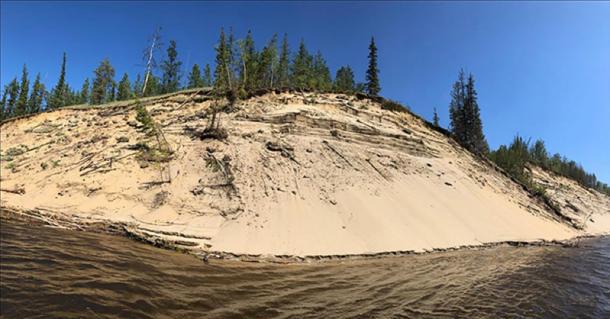
The research team that worked on the discovery of the first Russian fortress constructed at Yakutia was surprised to see the level of preservation, considering that she had been buried in the sand rather than permafrost soil.
The copper cross on her chest was also a striking feature. We can assume that the woman was Christian.
There have been suggestions that graves on the site where the mummified woman was found – some 70km north of Yakutsk, the regional capital – were of an era that would allow them to be a burial site at the first Russian settlement in Yakutia.
It was founded in 1632 by Cossack Petr Beketov, one of Siberia’s most famous explorers, under the name Lensky Ostrog. Indeed earlier radiocarbon dating of the graves indicated that burials were from the years 1440 to 1670.
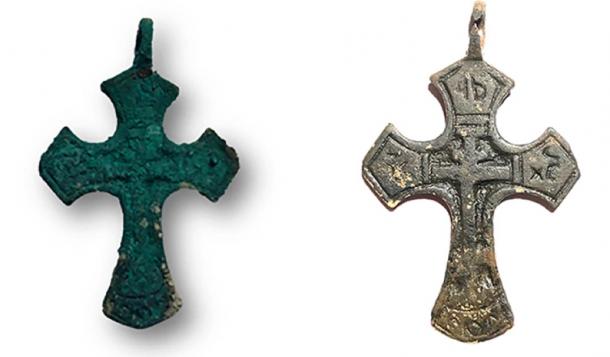
Yet there has been a concern that these dates were not reliable, and now the discovery of the well-preserved Christian woman’s grave tends to suggest the burials here are later, from the mid-19th century.
The woman – while Christian – was almost certainly ethnic Yakut and not Russian.
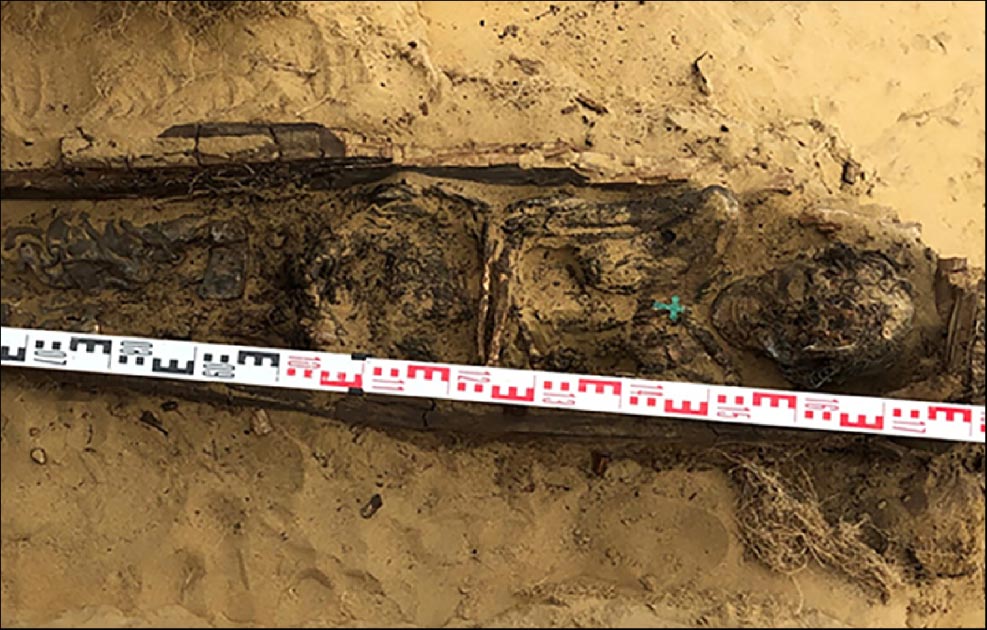
The head of this year’s emergency excavation at the site Elena Solovyova, researcher at Arctic Research Centre of the Academy of Sciences of the Republic of Sakha (Yakutia), told The Siberian Times: ‘The woman buried in a wooden coffin was very well-preserved, including her soft tissues in the process of natural mummification.
‘I can’t quite understand yet why the body got mummified since sand is rather aggressive to all organic material; possibly because the woman was buried in winter.
‘Clothes she wore on the lower part of her body, including fur-lined shorts (a piece of traditional female underwear at the time in Yakutia) and long fur-lined leather stockings up to her hips have also preserved.’
On these stockings, the woman had ‘torbasa’, traditional Yakut soft leather boots lined up with fur. Clothes on top of the woman’s body didn’t preserve. The only item she took with her to the afterlife was a copper cross on her chest.
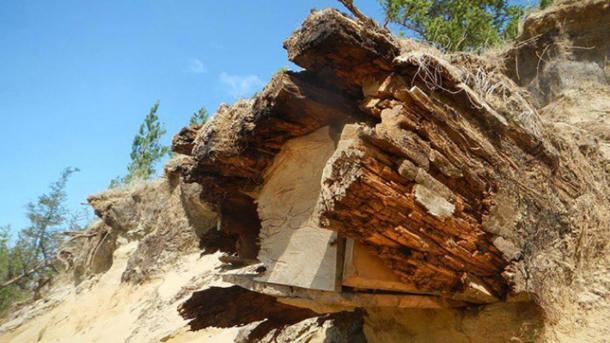
‘After we cleaned this cross, we noticed that it didn’t quite look traditional,’ said Elena Solovyova.
‘We analyzed the inscriptions and came to the conclusion that they were made by a local Yakutian master because there were some ‘mistakes’ in the lettering.’
Elena Solovyova said: ‘We did not carry the full morphological research of this woman, even though there was a plan to take the skulls of people buried on this cemetery, to understand their anthropological type.
‘I could not do this with ethical reasons. The woman was mummified, she wasn’t just scattered bones, and I could not make myself to separate her head from the body.
‘I’m certain that she was Yakut. She was quite short, about 150 centimeters, the aged woman laid to rest in a set of traditional Yakut clothes.’
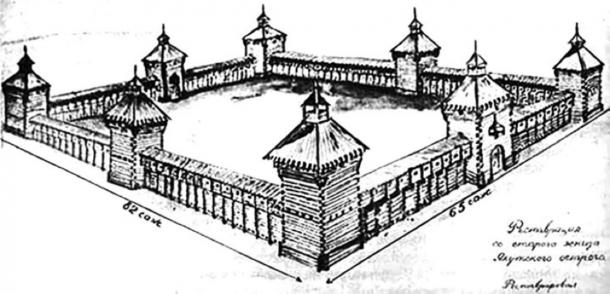
The find helped to understand that this burial could not be related to the first Russian settlement in Yakutia, as the researchers initially thought.
As Elena explained, the more recent graveyard which they studied this summer could have been built at the place of a much older one, but the team hasn’t found any proof of it yet.
The search goes on for this fortress which is a key site in the Russian history of Siberia. It existed only two years before being flooded when a decision was made to move to the site of Yakutsk.
It was from Lensky Ostrog that in 1633 Tobolsk Cossack Ivan Rebrov with a detachment of Yenisei Cossacks led by Ilya Perfilyev, went down the Lena River and reached the shores of the Arctic Ocean. This was also the first Russian sea voyage from the mouth of the river Lena.





